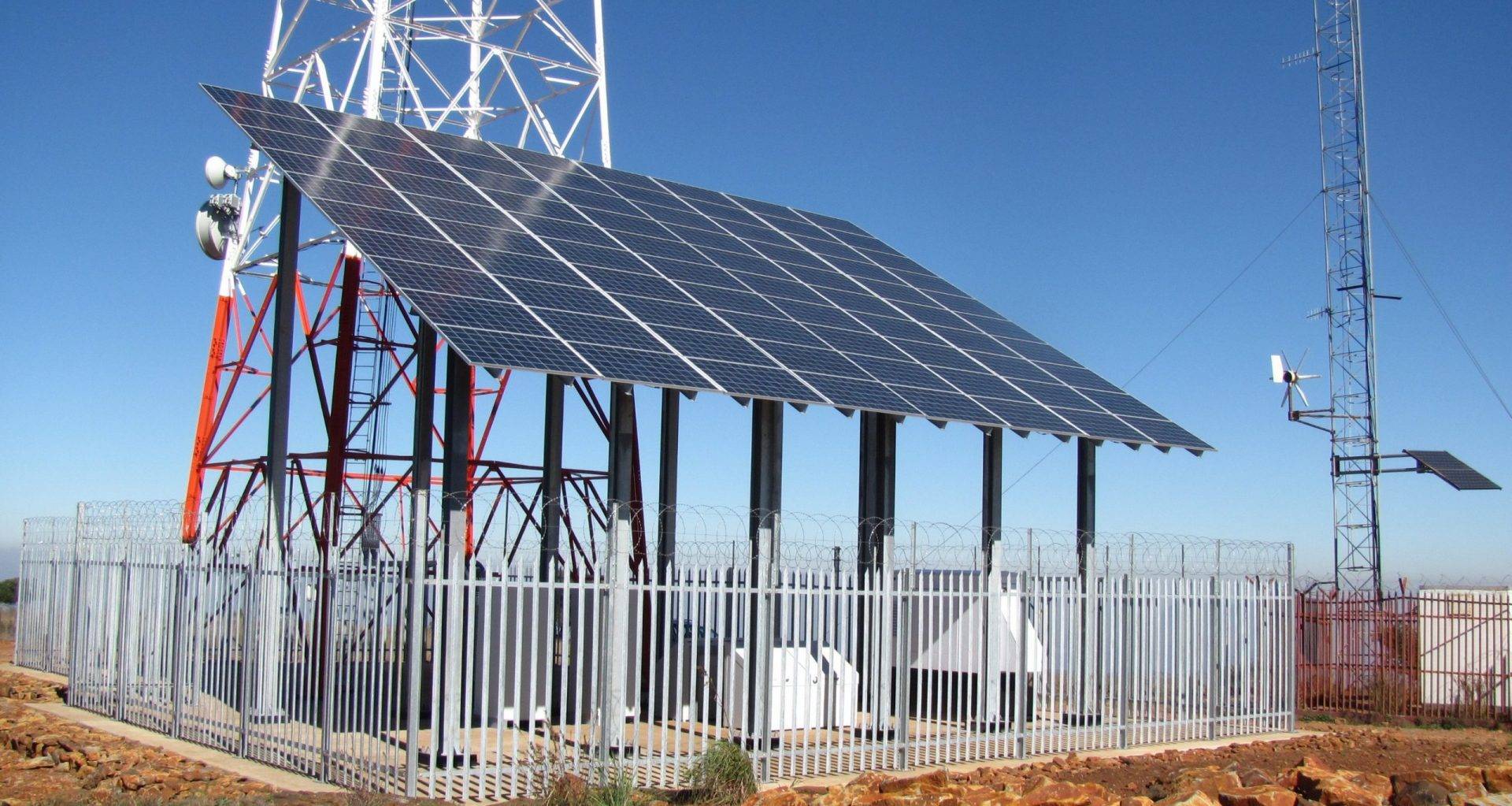New USD 47 Mn Investment To Light Up 227,000 Homes In Rural Kenya

Kenya is ahead of its East African peers in access to electricity with the current access rate at 75 percent. According to The Energy Progress Report that was released by the World Bank in 2017 covering the period up to 2016, electricity access rate in Tanzania stood at 32.8 percent, Rwanda 29.37 percent, Uganda 26.7 percent and Burundi 7.5 percent.
Kenya was named among countries which has put an all-out effort to ensure more people access electricity for lighting, cooking and businesses purposes.
“Some of the strongest gains were made in Kenya, Bangladesh, Ethiopia, and Tanzania, which all increased their electricity access rate by 3 percent or more annually between 2010 and 2016. Sub-Saharan Africa’s electrification deficit has begun to fall in absolute terms for the first time,” reads a part of the Energy Progress Report 2018.
The country has leveraged on mini-grids to ensure communities that do not have access to the national grid are connected through mini-grids.
The ambitious Kenya National Electrification Strategy which aims to ensure that every home has access to electricity through grid expansions and off-grid continues to make commendable progress. The government of Kenya has launched another multi-billion shilling plan to ramp up electricity connections in Kenya’s marginalized counties.
A USD 47 Mn Facility has been unveiled under the Kenya-Off-Grid Solar Access Project (KOSAP) that is aimed at encouraging the private sector to provide viable solar and clean cooking solutions to about 1.1 million people in marginalized regions. These regions include: West Pokot, Turkana, Marsabit, Samburu, Isiolo, Mandera, Wajir, Garrisa, Tana River, Lamu, Kilifi, Kwale, Taita Taveta and Narok.
The Results-Based Financing (RBF) and Debt Facilities under the KOSAP are financed by World Bank and will be and implemented by the Ministry of Energy alongside the Kenya Power and Lighting Company (KPLC) and the Rural Electrification and Renewable Energy Corporation (REREC).
According to KPLC, access to electricity among the urban population stands at 77.6 percent while that of the rural population is rural 58.2 percent. The project will ensure that counties that are not served by the grid and have been classified as marginalized by Commission of Revenue Allocation (CRA) are not left behind and receive access to energy through off-grid solutions.
“The country has made great strides in achieving connectivity with access to electricity standing at 75 percent through both grid and off-grid options. However, access to electricity is low in the 14 marginalized counties, which represent 72% of the country’s total land area and 20% of the population. The dispersed settlements in the marginalized counties make off-grid solutions the only viable alternative for access to electricity,” said Dr Eng. Joseph Njoroge, Principal Secretary, Ministry of Energy.
Through Financing from the World Bank, KOSAP seeks to overcome these challenges and establish viable off-grid solutions for areas that are too far from the national grid. The project will see the construction of 151 mini-grids constructed in the target counties as well as the installation of stand-alone solar systems to serve approximately 277,000 households.
The project also targets to replace 380 diesel pumps with solar for drinking water, and expects to facilitate the provision of 150,000 clean cooking stoves in West Pokot, Turkana, Marsabit, Samburu and Isiolo.
“The World Bank is committed to supporting the Government of Kenya in achieving the universal access goal laid out in the Kenya National Electrification Strategy and is partnering with the Government to ensure that nobody in the target counties is left behind in accessing modern energy services,” said Patrick Thaddayos Balla, World Bank K-OSAP Task Team Leader.
Universal electricity access is an important requirement for meeting Kenya’s development goals under Vision 2030 –the country’s development plan and blueprint to transform Kenya into a newly industrializing, middle-income country providing a high quality of life to all its citizens by 2030 in a clean and secure environment.
Featured Image Courtesy: afsea